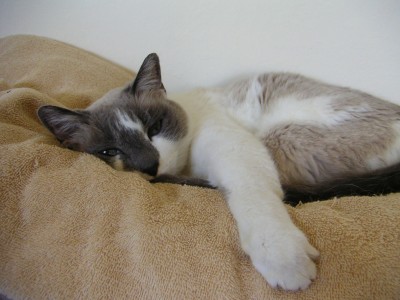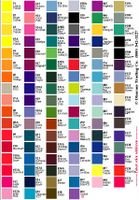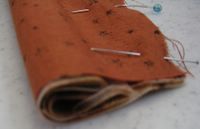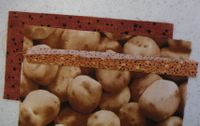
On Sept. 10, my beautiful cat Maria Callas had stopped eating. I tried to tempt her with salmon -- usually her favorite -- but even after I put a little shred in her mouth and she swallowed it, she wasn't interested in more. Monday morning when I woke up, she was standing next to her water bowl and gave me a sad bleat, as if to ask, please help me. I cried and cried, then phoned a friend who drove us to the vet. She probably had kidney failure, he thought, and didn't even suggest making any effort to save her. He just shaved a little patch on her arm and injected a sedative. She was gone a minute later while I petted her.
Photo by Rachel E. Holmen











